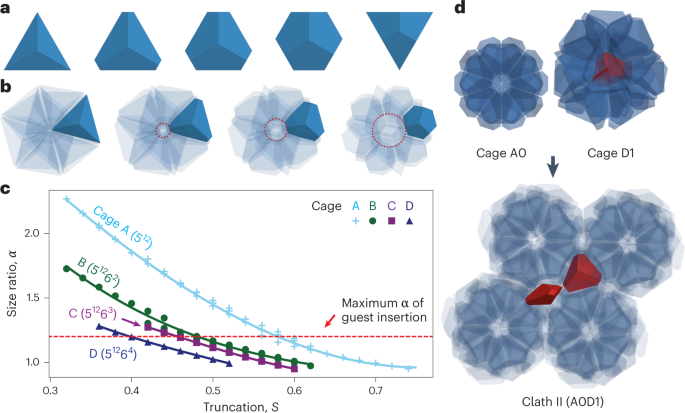2023-05-25 ミシガン大学
◆この領域では、有機炭素化合物が豊富な表面を持つ惑星が形成される可能性があります。これにより、惑星のハビタビリティに関する新たな視点がもたらされる可能性があります。さらに、炭素が豊富な岩石惑星において、生命やハビタビリティについての理解が深まる可能性もあります。
<関連情報>
- https://news.umich.edu/the-search-for-habitable-planets-expands/
- https://iopscience.iop.org/article/10.3847/2041-8213/acd377
ヘイズ形成の自然な経路となる太陽系外惑星の揮発性炭素含有量。 Exoplanet Volatile Carbon Content as a Natural Pathway for Haze Formation
Edwin A. , Eliza M.-R. Kempton, Marc Hirschmann, Sandra T. Bastelberger, D. J. Teal, Geoffrey A. Blake, Fred J. Ciesla and Jie Li
Astrophysical Journal Letters Published 2023 May 25
DOI :10.3847/2041-8213/acd377

Abstract
We explore terrestrial planet formation with a focus on the supply of solid-state organics as the main source of volatile carbon. For the water-poor Earth, the water ice line, or ice sublimation front, within the planet-forming disk has long been a key focal point. We posit that the soot line, the location where solid-state organics are irreversibly destroyed, is also a key location within the disk. The soot line is closer to the host star than the water snow line and overlaps with the location of the majority of detected exoplanets. In this work, we explore the ultimate atmospheric composition of a body that receives a major portion of its materials from the zone between the soot line and water ice line. We model a silicate-rich world with 0.1% and 1% carbon by mass with variable water content. We show that as a result of geochemical equilibrium, the mantle of these planets would be rich in reduced carbon but have relatively low water (hydrogen) content. Outgassing would naturally yield the ingredients for haze production when exposed to stellar UV photons in the upper atmosphere. Obscuring atmospheric hazes appear common in the exoplanetary inventory based on the presence of often featureless transmission spectra. Such hazes may be powered by the high volatile content of the underlying silicate-dominated mantle. Although this type of planet has no solar system counterpart, it should be common in the galaxy with potential impact on habitability.



